VANCOUVER, BC — For too many people across this province, the consequences of inaction for the struggling forestry sector are no longer theoretical — they are happening in real time. We have been sounding the alarm that the situation in BC is dire and today is further evidence that the sector needs an urgent response from our government. While softwood lumber duties and trade uncertainty add significant pressure, not everything can be blamed on the dispute. It is important to focus on the areas within our control, and those remain the core issues facing BC forestry: access to predictable, economic wood supply and the ability to operate in a competitive and efficient regulatory environment.
The solutions are well known and long overdue. The provincial government must urgently:
- Remove barriers to getting wood moving — by improving the efficiency and timeliness of cutting permits and road-building approvals, and fast-tracking improvements to BC Timber Sales
- Address operating costs — both at the harvest level and in manufacturing facilities
- Support First Nations with the capacity and tools to expedite referrals, co-develop land use plans, and increase revenue sharing—so that partnerships can move at the speed of opportunity
“We acknowledge the recent steps taken by the federal government. …But the most effective way to protect workers is to keep their workplaces open. Now the Province must act with urgency to stabilize wood supply, restore competitiveness, and reverse the steady loss of jobs and investment. Without swift, decisive action, BC will continue to see more closures. …COFI and our members are at the table, ready to work with government, First Nations, labour, and communities to find solutions that can stabilize the sector and rebuild confidence. But we need the province to step up now — not months from now, not after further losses. The time for urgent action was yesterday.”

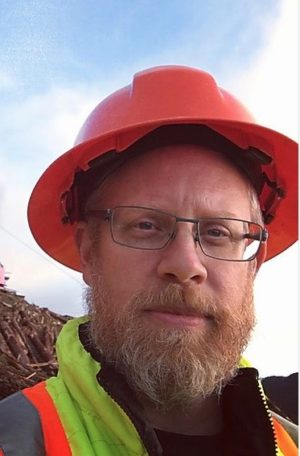


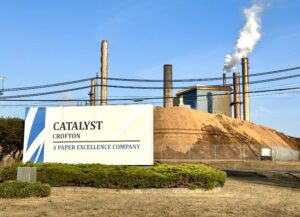 When Domtar announced it would be shuttering a Vancouver Island pulp mill and laying off 350 workers, it came as little surprise to those who knew the company was losing millions of dollars despite cost-cutting measures by management and staff. What’s not widely known is that the company had been buying and transporting American pulp to the Cowichan Valley facility to keep it running after struggling to find enough material in Canada. “It’s cheaper and it’s more readily available and dependable, in terms of its supply,” said Domtar’s senior director of public affairs, Chris Stoicheff. “That should give an indication to British Columbians of where we’re at.” …The forestry sector has been urging the government to reform permitting and approvals processes and reduce red tape in order to make them more economically viable. Stoicheff says the opposite has been true, with companies going from weeks-long waits for harvesting permits to year-long waits.
When Domtar announced it would be shuttering a Vancouver Island pulp mill and laying off 350 workers, it came as little surprise to those who knew the company was losing millions of dollars despite cost-cutting measures by management and staff. What’s not widely known is that the company had been buying and transporting American pulp to the Cowichan Valley facility to keep it running after struggling to find enough material in Canada. “It’s cheaper and it’s more readily available and dependable, in terms of its supply,” said Domtar’s senior director of public affairs, Chris Stoicheff. “That should give an indication to British Columbians of where we’re at.” …The forestry sector has been urging the government to reform permitting and approvals processes and reduce red tape in order to make them more economically viable. Stoicheff says the opposite has been true, with companies going from weeks-long waits for harvesting permits to year-long waits.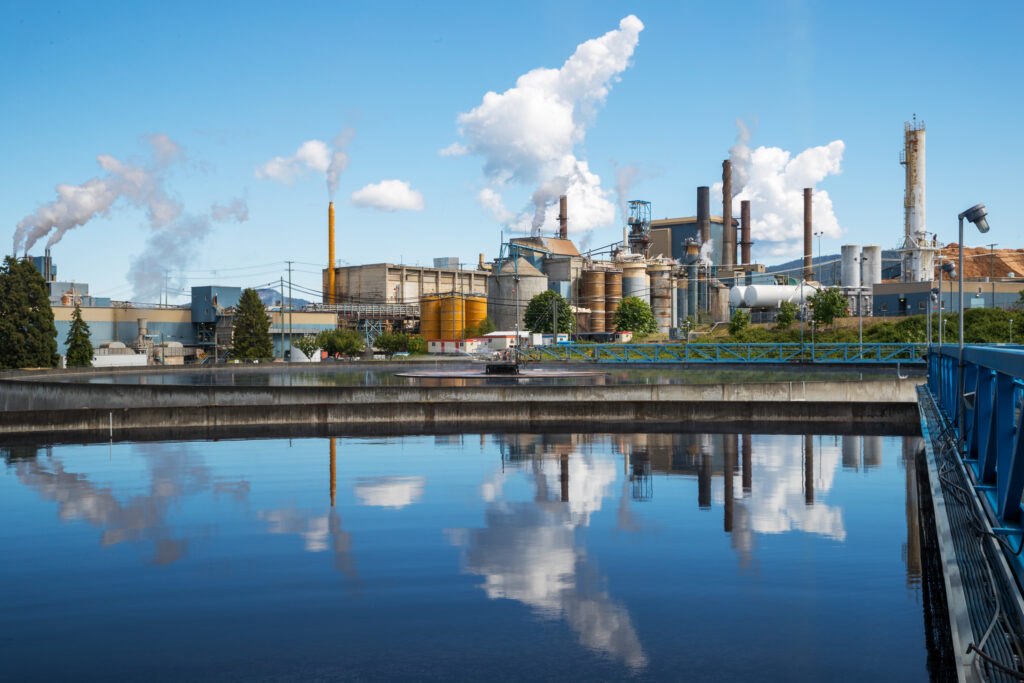
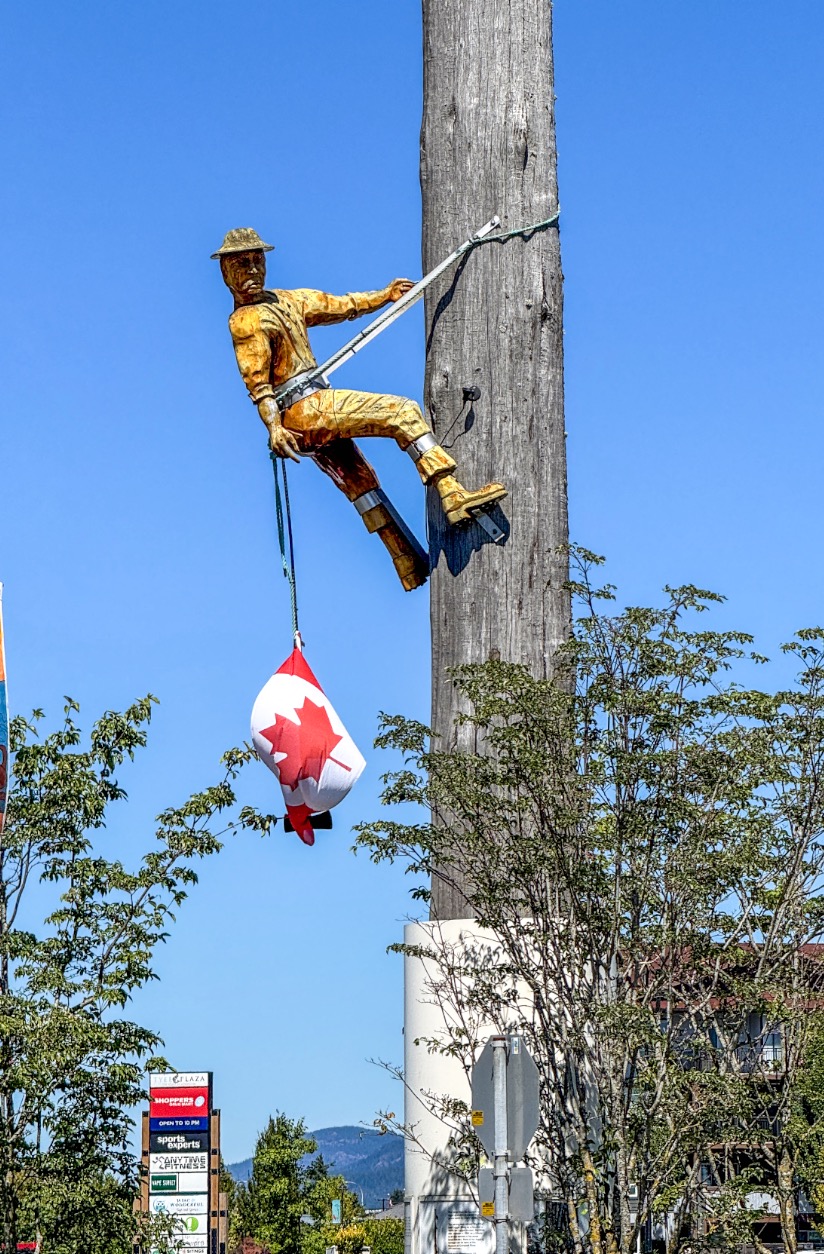 More than 100 unionized North Island forestry workers on strike rallied in Campbell River on Wednesday. They’ve been without a contract for more than six months. They warned their employer that they are united and will succeed in their demands… The United Steelworkers marched to the Campbell River offices of Western Forest Products… The company owns a controlling 55 per cent share of La-kwa sa muqw Forestry (LKSM). On Oct. 20, the union filed a common-employer application with the Labour Relations Board. “…we’re challenging the fact that LKSM is actually a separate company. …We believe our members deserve the same collective agreement that all WFP members have,” said Brian Butler, president of United Steelworkers Local 1-1937 …“What this issue is really about is the union’s demand that it wants all contractors, new contractors, working for us, including First Nation contractors, to be mandatorily certified with the union,” said Greg DeMille, Operations Manager of La-kwa sa muqw Forestry.
More than 100 unionized North Island forestry workers on strike rallied in Campbell River on Wednesday. They’ve been without a contract for more than six months. They warned their employer that they are united and will succeed in their demands… The United Steelworkers marched to the Campbell River offices of Western Forest Products… The company owns a controlling 55 per cent share of La-kwa sa muqw Forestry (LKSM). On Oct. 20, the union filed a common-employer application with the Labour Relations Board. “…we’re challenging the fact that LKSM is actually a separate company. …We believe our members deserve the same collective agreement that all WFP members have,” said Brian Butler, president of United Steelworkers Local 1-1937 …“What this issue is really about is the union’s demand that it wants all contractors, new contractors, working for us, including First Nation contractors, to be mandatorily certified with the union,” said Greg DeMille, Operations Manager of La-kwa sa muqw Forestry.


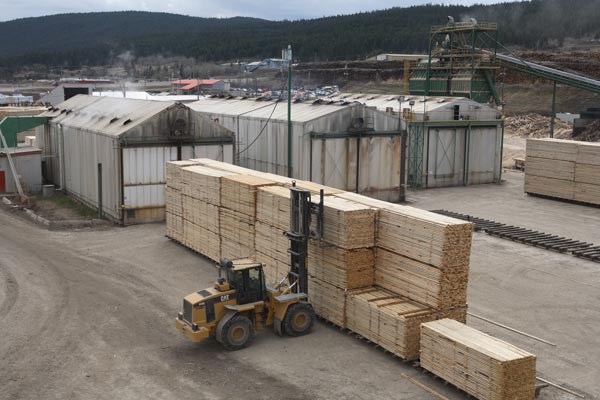

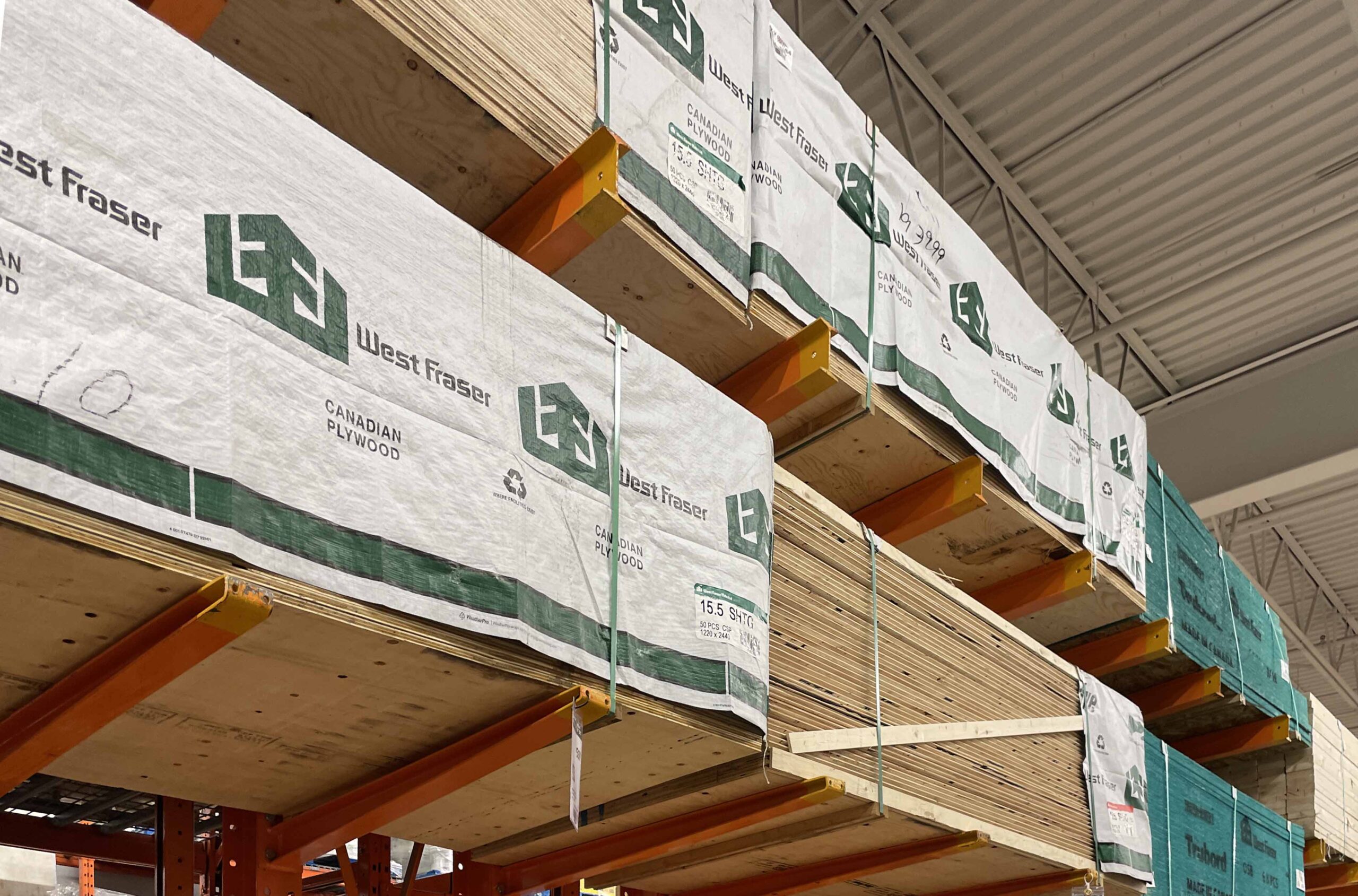 The District of 100 Mile House’s mayor and one of its councillors went to Victoria for meetings with provincial government officials over the impending West Fraser Mill closures on Monday, Nov. 24. During the Mayor’s Report at the Nov. 25 District of 100 Mile House Council meeting, Mayor Maureen Pinkney and Coun. Donna Barnett both revealed details about a visit to Victoria regarding issues surrounding 100 Mile, including the impending permanent closure of the 100 Mile West Fraser mill, as well as frequent closures of the emergency department at the 100 Mile Hospital. On Nov. 6, West Fraser Lumber announced in a release that it would be closing its 100 Mile House lumber mill following a two-month wind-down.
The District of 100 Mile House’s mayor and one of its councillors went to Victoria for meetings with provincial government officials over the impending West Fraser Mill closures on Monday, Nov. 24. During the Mayor’s Report at the Nov. 25 District of 100 Mile House Council meeting, Mayor Maureen Pinkney and Coun. Donna Barnett both revealed details about a visit to Victoria regarding issues surrounding 100 Mile, including the impending permanent closure of the 100 Mile West Fraser mill, as well as frequent closures of the emergency department at the 100 Mile Hospital. On Nov. 6, West Fraser Lumber announced in a release that it would be closing its 100 Mile House lumber mill following a two-month wind-down.

 MACKENZIE, BC — Forestry company Conifex Timber announced that it will temporarily curtail operations at its Mackenzie, BC sawmill for a planned four-week period commencing December 15, 2025. The curtailment is being implemented in response to, among other things, continued weakness in North American lumber markets. The curtailments will begin on December 15, for a planned four-week duration, Conifex said, adding that it is expected to reduce production by roughly 13 million board feet. The North American timber industry has gone through several curtailments in response to US President Trump’s decision to implement tariffs. …The company said it does not anticipate any challenges in securing sawlogs to maintain capacity operations in the future, once market conditions permit a return to full operations. It also expects to see gradual recovery in demand in the second half of 2026.
MACKENZIE, BC — Forestry company Conifex Timber announced that it will temporarily curtail operations at its Mackenzie, BC sawmill for a planned four-week period commencing December 15, 2025. The curtailment is being implemented in response to, among other things, continued weakness in North American lumber markets. The curtailments will begin on December 15, for a planned four-week duration, Conifex said, adding that it is expected to reduce production by roughly 13 million board feet. The North American timber industry has gone through several curtailments in response to US President Trump’s decision to implement tariffs. …The company said it does not anticipate any challenges in securing sawlogs to maintain capacity operations in the future, once market conditions permit a return to full operations. It also expects to see gradual recovery in demand in the second half of 2026. Vancouver, BC – Canfor Corporation and Canfor Pulp Products Inc. announced today that they have entered into an arrangement agreement pursuant to which Canfor Corp will acquire all of Canfor Pulp’s issued and outstanding common shares not already owned by Canfor Corp and its affiliates pursuant to a court-approved plan of arrangement under the Business Corporations Act. Under the terms of the Arrangement Agreement, the shareholders of Canfor Pulp, other than Canfor Corp and its affiliates, will have the option to receive, for each Canfor Pulp Share held: 0.0425 of a common share of Canfor Corp, or $0.50 in cash. ….Canfor Corp currently owns approximately 54.8% of the issued and outstanding Canfor Pulp Shares. The $0.50 per Canfor Pulp Share represents a premium of 25% to Canfor Pulp’s closing share price on December 2, 2025, on the Toronto Stock Exchange and a premium of 38% based on the 10-day volume-weighted average share price of Canfor Pulp as of December 2, 2025, on the TSX.
Vancouver, BC – Canfor Corporation and Canfor Pulp Products Inc. announced today that they have entered into an arrangement agreement pursuant to which Canfor Corp will acquire all of Canfor Pulp’s issued and outstanding common shares not already owned by Canfor Corp and its affiliates pursuant to a court-approved plan of arrangement under the Business Corporations Act. Under the terms of the Arrangement Agreement, the shareholders of Canfor Pulp, other than Canfor Corp and its affiliates, will have the option to receive, for each Canfor Pulp Share held: 0.0425 of a common share of Canfor Corp, or $0.50 in cash. ….Canfor Corp currently owns approximately 54.8% of the issued and outstanding Canfor Pulp Shares. The $0.50 per Canfor Pulp Share represents a premium of 25% to Canfor Pulp’s closing share price on December 2, 2025, on the Toronto Stock Exchange and a premium of 38% based on the 10-day volume-weighted average share price of Canfor Pulp as of December 2, 2025, on the TSX.
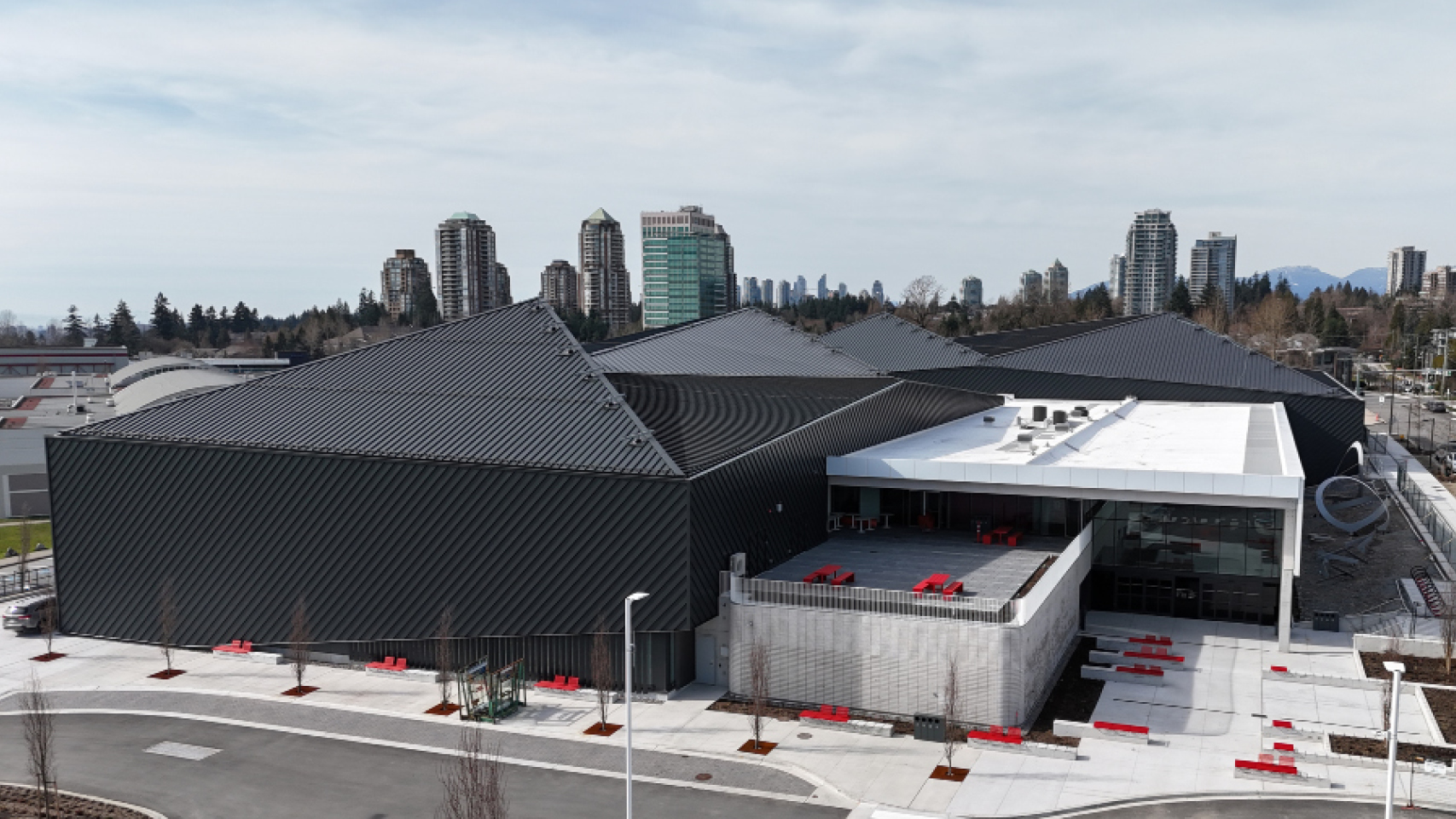
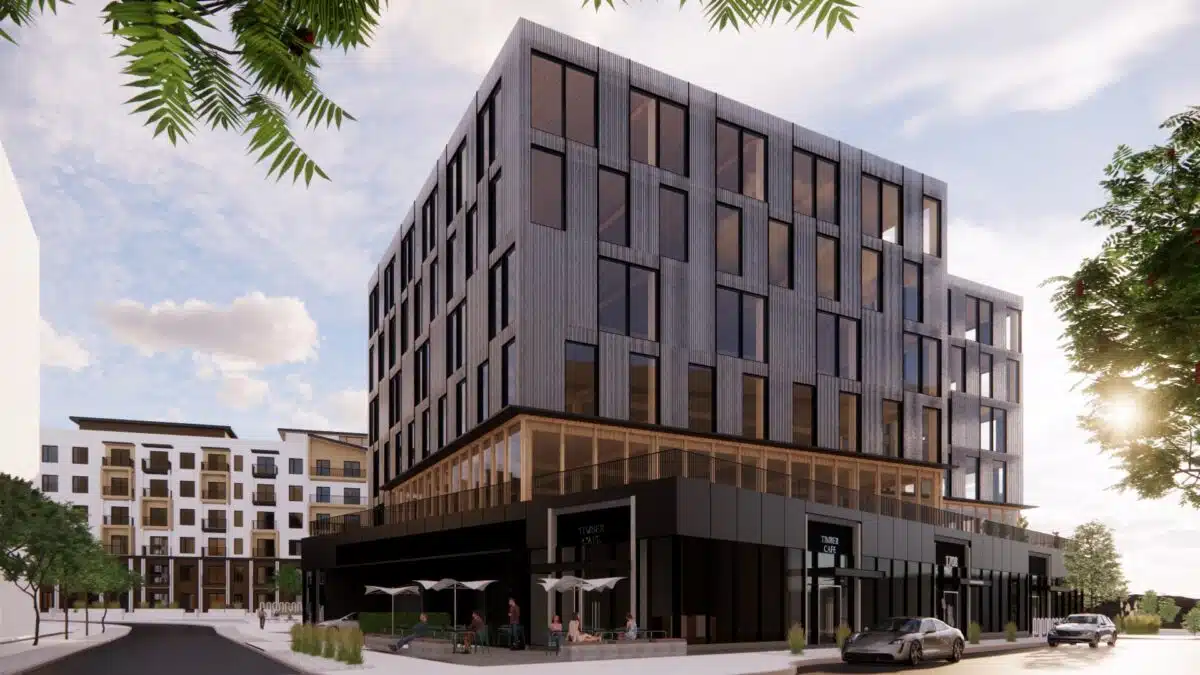
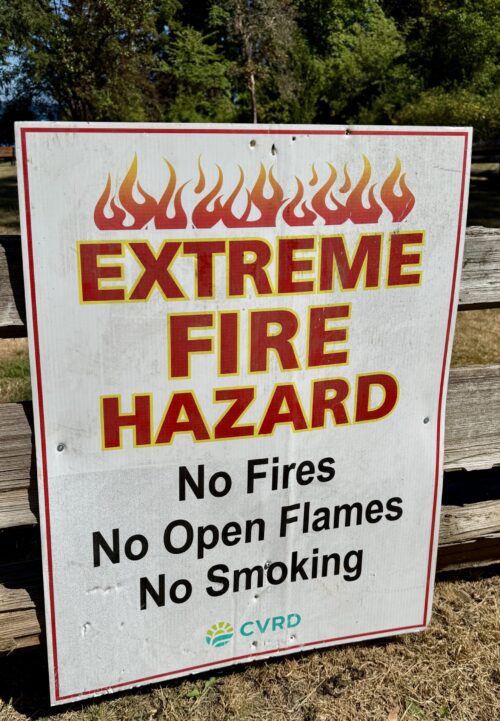 FORT ST. JOHN, B.C. — The B.C. Ministry of Forests is encouraged that the Government of Canada has taken a huge step to amp up aerial firefighting capacity. Anthony Housefather, parliamentary secretary to Eleanor Olszewski, federal minister of emergency management and community resilience and minister responsible for Prairies economic development, recently highlighted a new multi-million-dollar investment of over $257.6 million for four years to Natural Resources Canada. The funds will be used to lease firefighting aircrafts, which can include waterbombers or other aircrafts to deliver water or fire retardant drops in hard-to-reach areas. …The Ministry of Forests will be hosting a
FORT ST. JOHN, B.C. — The B.C. Ministry of Forests is encouraged that the Government of Canada has taken a huge step to amp up aerial firefighting capacity. Anthony Housefather, parliamentary secretary to Eleanor Olszewski, federal minister of emergency management and community resilience and minister responsible for Prairies economic development, recently highlighted a new multi-million-dollar investment of over $257.6 million for four years to Natural Resources Canada. The funds will be used to lease firefighting aircrafts, which can include waterbombers or other aircrafts to deliver water or fire retardant drops in hard-to-reach areas. …The Ministry of Forests will be hosting a 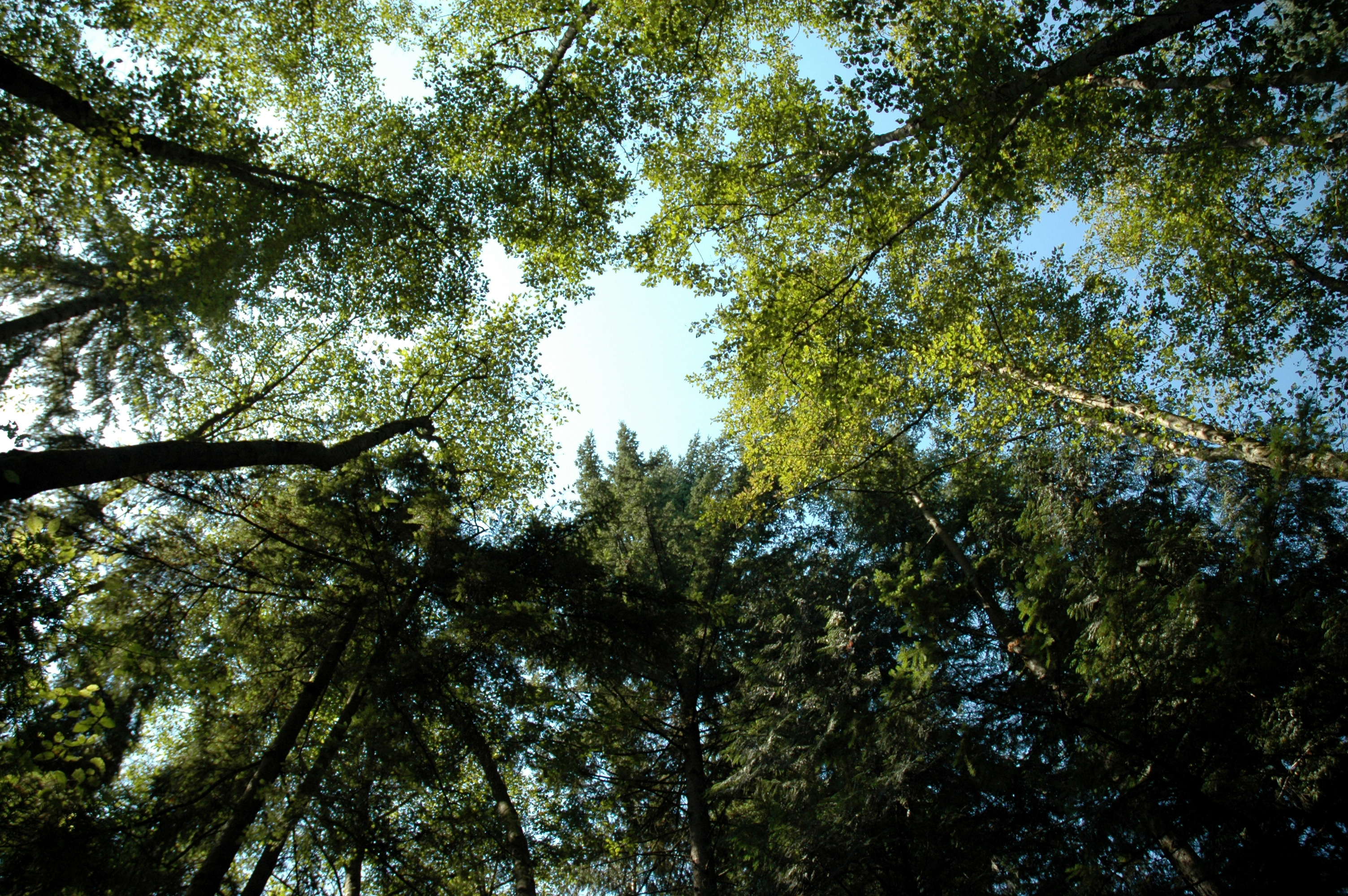 Joshua Wright says a yellow cedar tree he photographed last year was the largest he’d ever seen in a decade of hiking around Vancouver Island. …Wright measured the cedar’s diameter at 2.79 metres, a size that should have ensured protection for the tree, along with a one-hectare buffer under provincial law. But when he returned to the area south of Gold River in June, Wright says the tree had been felled as part of a logging operation approved by the province. …the area where Wright documented the yellow cedar overlaps significantly with a category of old-growth representing the largest trees left standing. …Yet the deferrals required support from First Nations to go ahead, and at the time, there was no significant funding to help communities offset foregone revenues. …the yellow cedar was felled in an area where Matchlee Ltd. Partnership, majority owned by Mowachaht/Muchalaht First Nation, holds a non-renewable forest licence.
Joshua Wright says a yellow cedar tree he photographed last year was the largest he’d ever seen in a decade of hiking around Vancouver Island. …Wright measured the cedar’s diameter at 2.79 metres, a size that should have ensured protection for the tree, along with a one-hectare buffer under provincial law. But when he returned to the area south of Gold River in June, Wright says the tree had been felled as part of a logging operation approved by the province. …the area where Wright documented the yellow cedar overlaps significantly with a category of old-growth representing the largest trees left standing. …Yet the deferrals required support from First Nations to go ahead, and at the time, there was no significant funding to help communities offset foregone revenues. …the yellow cedar was felled in an area where Matchlee Ltd. Partnership, majority owned by Mowachaht/Muchalaht First Nation, holds a non-renewable forest licence.

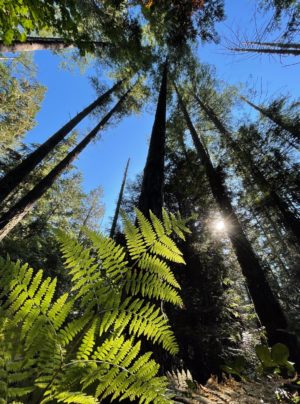 A BC Resource Sector Coalition says current federal and provincial policymaking has become unpredictable enough to justify an immediate pause on all implementation and action under Declaration on the Rights of Indigenous Peoples Act (DRIPA). …“We write to you on behalf of thousands of British Columbians whose livelihoods, communities, and futures are tied to the natural resource sector. Today, those livelihoods are at risk,” the letter begins. “A series of federal and provincial policy decisions have destabilized the industries that sustain our province and are eroding the economic foundations of British Columbia.” …The coalition is composed of a cross-industry membership spanning land and marine activity: BCCA, Geoduck Underwater Harvesters Association, ICBA, Deep Sea Trawlers Association of BC, Guide Outfitters Association of British Columbia, Pacific Prawn Fishermen’s Association, North West Loggers Association, and the Council of Marine Carriers.
A BC Resource Sector Coalition says current federal and provincial policymaking has become unpredictable enough to justify an immediate pause on all implementation and action under Declaration on the Rights of Indigenous Peoples Act (DRIPA). …“We write to you on behalf of thousands of British Columbians whose livelihoods, communities, and futures are tied to the natural resource sector. Today, those livelihoods are at risk,” the letter begins. “A series of federal and provincial policy decisions have destabilized the industries that sustain our province and are eroding the economic foundations of British Columbia.” …The coalition is composed of a cross-industry membership spanning land and marine activity: BCCA, Geoduck Underwater Harvesters Association, ICBA, Deep Sea Trawlers Association of BC, Guide Outfitters Association of British Columbia, Pacific Prawn Fishermen’s Association, North West Loggers Association, and the Council of Marine Carriers.




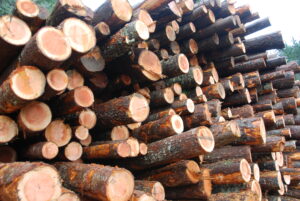 Prince George residents had better pay attention to last week’s report showing that unelected bureaucrats in Victoria are playing politics when they decide how much can be logged up here. I’ve been informed that our unelected Office of the Chief Forester, currently led by Shane Berg, is figuring out the Annual Allowable Cut (AAC) in the Prince George Timber Supply Area for the next 10 years. The process, known as a Timber Supply Review (TSR), masquerades as scientific and expert-driven, but in reality it’s politics. The amount we log is largely pre-determined and the game is how to manipulate the models and forests to achieve it. That’s why we get glyphosate with our blueberries and fertilizer-poisoned cattle. It’s why we don’t thin the plantations or do more selective logging. …The Office of Chief Forester prioritizes the “timber supply” over diverse, fire-resistant forests, as if the two are mutually exclusive.
Prince George residents had better pay attention to last week’s report showing that unelected bureaucrats in Victoria are playing politics when they decide how much can be logged up here. I’ve been informed that our unelected Office of the Chief Forester, currently led by Shane Berg, is figuring out the Annual Allowable Cut (AAC) in the Prince George Timber Supply Area for the next 10 years. The process, known as a Timber Supply Review (TSR), masquerades as scientific and expert-driven, but in reality it’s politics. The amount we log is largely pre-determined and the game is how to manipulate the models and forests to achieve it. That’s why we get glyphosate with our blueberries and fertilizer-poisoned cattle. It’s why we don’t thin the plantations or do more selective logging. …The Office of Chief Forester prioritizes the “timber supply” over diverse, fire-resistant forests, as if the two are mutually exclusive.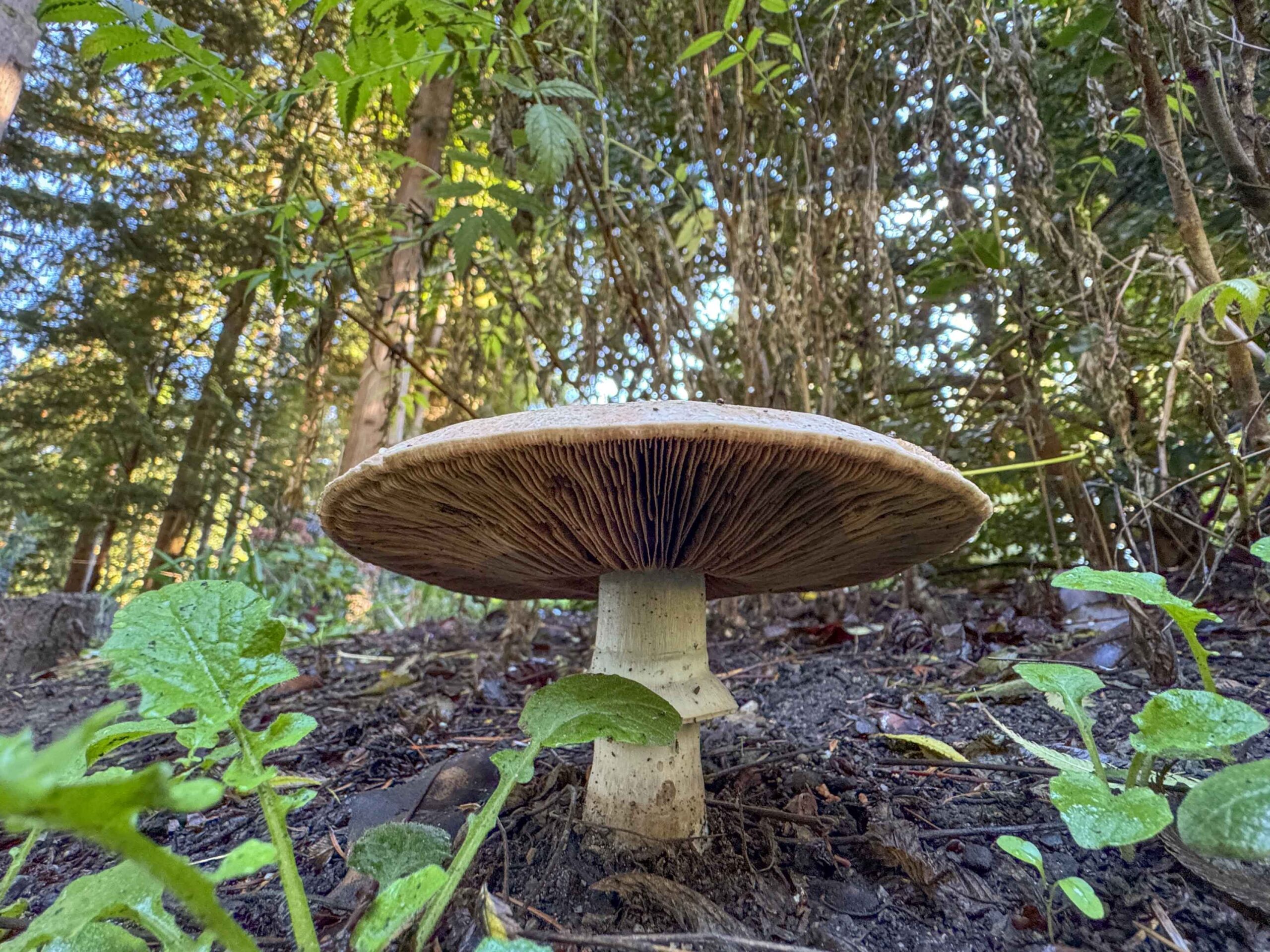 I am writing to express my concern for the fate of B.C.’s remaining old growth forests, including the globally rare and at-risk Inland Temperate Rainforest. Most of this endangered forest is still not protected, and thus all creatures who dwell therein are equally unprotected. The Valhalla Wilderness Society … is putting forth a plan to protect the remaining intact Inland Temperate Rainforests through its three park proposals: the Rainbow-Jordan Wilderness proposal; the Selkirk Mountains Ancient Forest Park proposal; and the Quesnel Lake Wilderness proposal. This protection is crucial for the survival of these rare temperate rainforests. David Eby, you are undoubtedly well informed as to the many scientific reasons for protecting more forest, especially old growth forests…Importantly, only the BC Park Act and the BC Protected Areas Act can provide secure protection to preserve forest for future generations. Please adopt and implement the VWS park proposals as quickly as possible.
I am writing to express my concern for the fate of B.C.’s remaining old growth forests, including the globally rare and at-risk Inland Temperate Rainforest. Most of this endangered forest is still not protected, and thus all creatures who dwell therein are equally unprotected. The Valhalla Wilderness Society … is putting forth a plan to protect the remaining intact Inland Temperate Rainforests through its three park proposals: the Rainbow-Jordan Wilderness proposal; the Selkirk Mountains Ancient Forest Park proposal; and the Quesnel Lake Wilderness proposal. This protection is crucial for the survival of these rare temperate rainforests. David Eby, you are undoubtedly well informed as to the many scientific reasons for protecting more forest, especially old growth forests…Importantly, only the BC Park Act and the BC Protected Areas Act can provide secure protection to preserve forest for future generations. Please adopt and implement the VWS park proposals as quickly as possible. 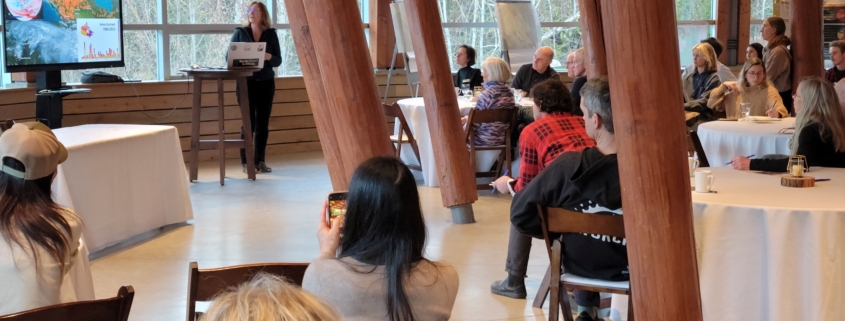
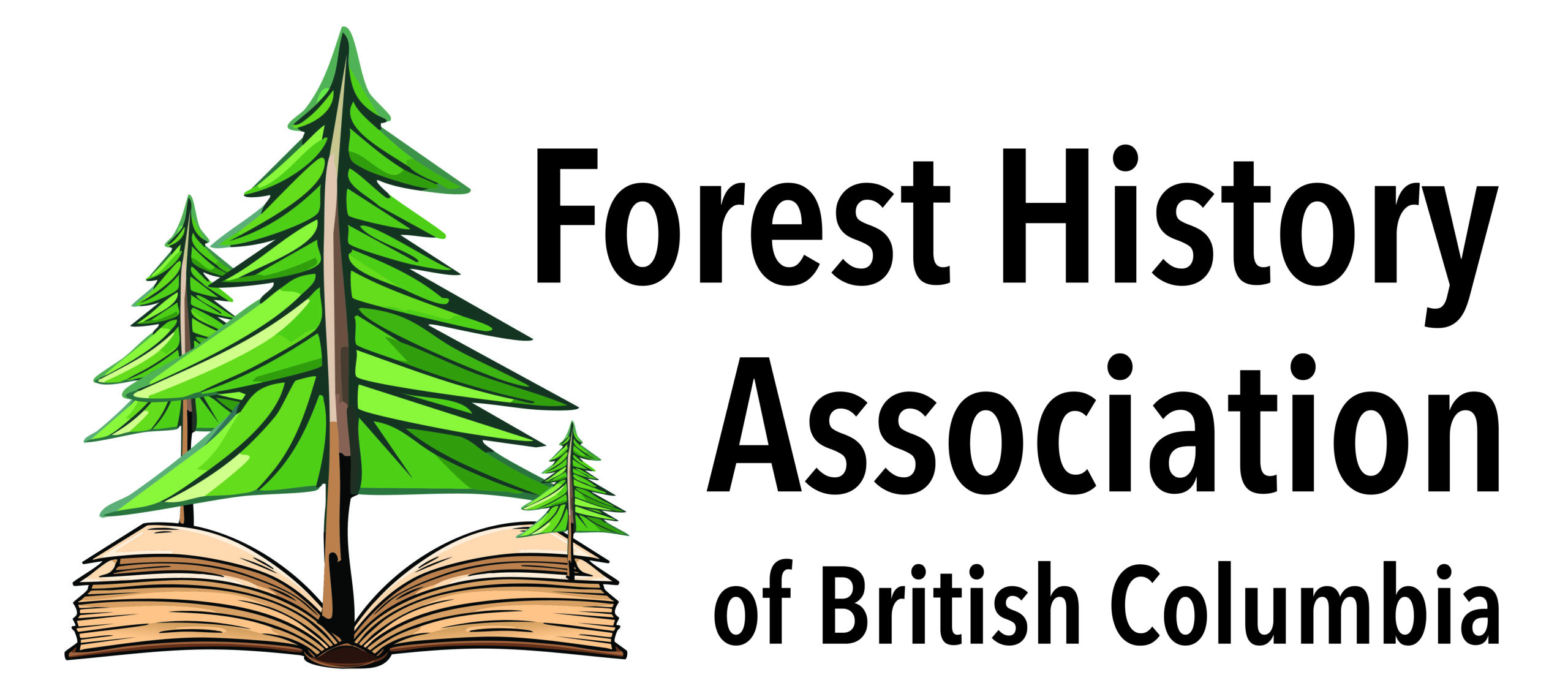 The Forest History Association of BC is hosting its 43rd Annual General Meeting tonight, December 1, 2025 at 7:00 pm PST. All members are warmly invited to attend this virtual gathering and take part in shaping the direction of the organization for the coming year. The AGM will include key updates on current projects, board activities and election, and ongoing efforts to preserve and share BC’s forest and community history. For those interested in learning more about the FHABC’s mission—promoting research, storytelling, and education about the province’s rich forest heritage—visit their objectives
The Forest History Association of BC is hosting its 43rd Annual General Meeting tonight, December 1, 2025 at 7:00 pm PST. All members are warmly invited to attend this virtual gathering and take part in shaping the direction of the organization for the coming year. The AGM will include key updates on current projects, board activities and election, and ongoing efforts to preserve and share BC’s forest and community history. For those interested in learning more about the FHABC’s mission—promoting research, storytelling, and education about the province’s rich forest heritage—visit their objectives 
 The Province has released the 2025 Climate Change Accountability Report, reaffirming its commitment to climate action and affordability while highlighting progress in cutting emissions and advancing clean energy throughout B.C. The report shows that CleanBC is working. British Columbia is making progress in many areas… In spring 2025, the 2024 Climate Change Accountability Report indicated that B.C. was not on track to meet its 2030 emissions targets. The recently released CleanBC review provides independent advice to strengthen the climate plan and keep delivering results. Government is reviewing the recommendations to guide the next phase of action, with a focus on expanding clean energy, supporting cleaner industry and making low-carbon choices more accessible for people and communities.
The Province has released the 2025 Climate Change Accountability Report, reaffirming its commitment to climate action and affordability while highlighting progress in cutting emissions and advancing clean energy throughout B.C. The report shows that CleanBC is working. British Columbia is making progress in many areas… In spring 2025, the 2024 Climate Change Accountability Report indicated that B.C. was not on track to meet its 2030 emissions targets. The recently released CleanBC review provides independent advice to strengthen the climate plan and keep delivering results. Government is reviewing the recommendations to guide the next phase of action, with a focus on expanding clean energy, supporting cleaner industry and making low-carbon choices more accessible for people and communities.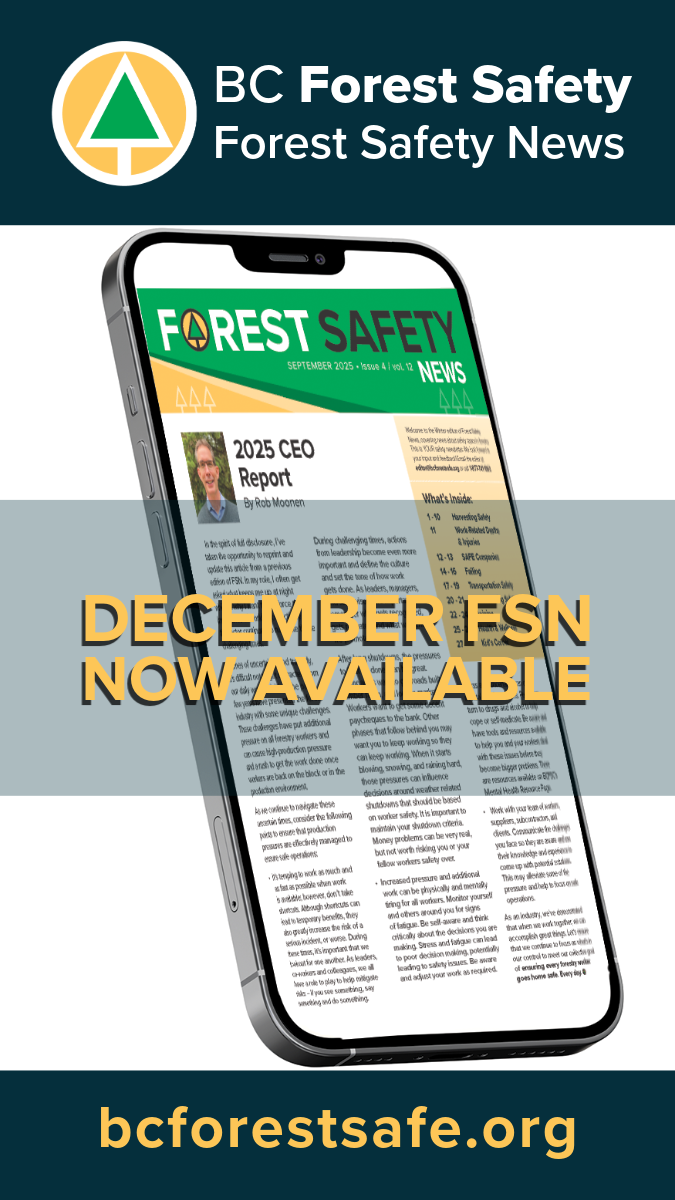 The December issue of Forest Safety News is here, bringing timely insights and practical tools for safer forestry work this winter. One standout feature explores how RPAS drones are transforming field safety, reducing worker exposure during steep-slope layout, post-fire assessments, and difficult terrain navigation. It’s a look at technology that’s not just impressive — it’s making real crews safer in real time. This issue also recaps the 18th Annual Vancouver Island Safety Conference, where powerful keynote speakers shared stories of perseverance, leadership, and the importance of mental and physical well-being. The message was clear: safety culture is built person by person, conversation by conversation. You’ll also find a useful update on winter driving and hauling preparedness, including tips for planning routes, managing changing conditions, and supporting drivers during the toughest season of the year. Packed with practical advice, inspiring stories, and forward-looking innovations, this issue offers a strong finish to 2025 for BC’s forest sector.
The December issue of Forest Safety News is here, bringing timely insights and practical tools for safer forestry work this winter. One standout feature explores how RPAS drones are transforming field safety, reducing worker exposure during steep-slope layout, post-fire assessments, and difficult terrain navigation. It’s a look at technology that’s not just impressive — it’s making real crews safer in real time. This issue also recaps the 18th Annual Vancouver Island Safety Conference, where powerful keynote speakers shared stories of perseverance, leadership, and the importance of mental and physical well-being. The message was clear: safety culture is built person by person, conversation by conversation. You’ll also find a useful update on winter driving and hauling preparedness, including tips for planning routes, managing changing conditions, and supporting drivers during the toughest season of the year. Packed with practical advice, inspiring stories, and forward-looking innovations, this issue offers a strong finish to 2025 for BC’s forest sector.